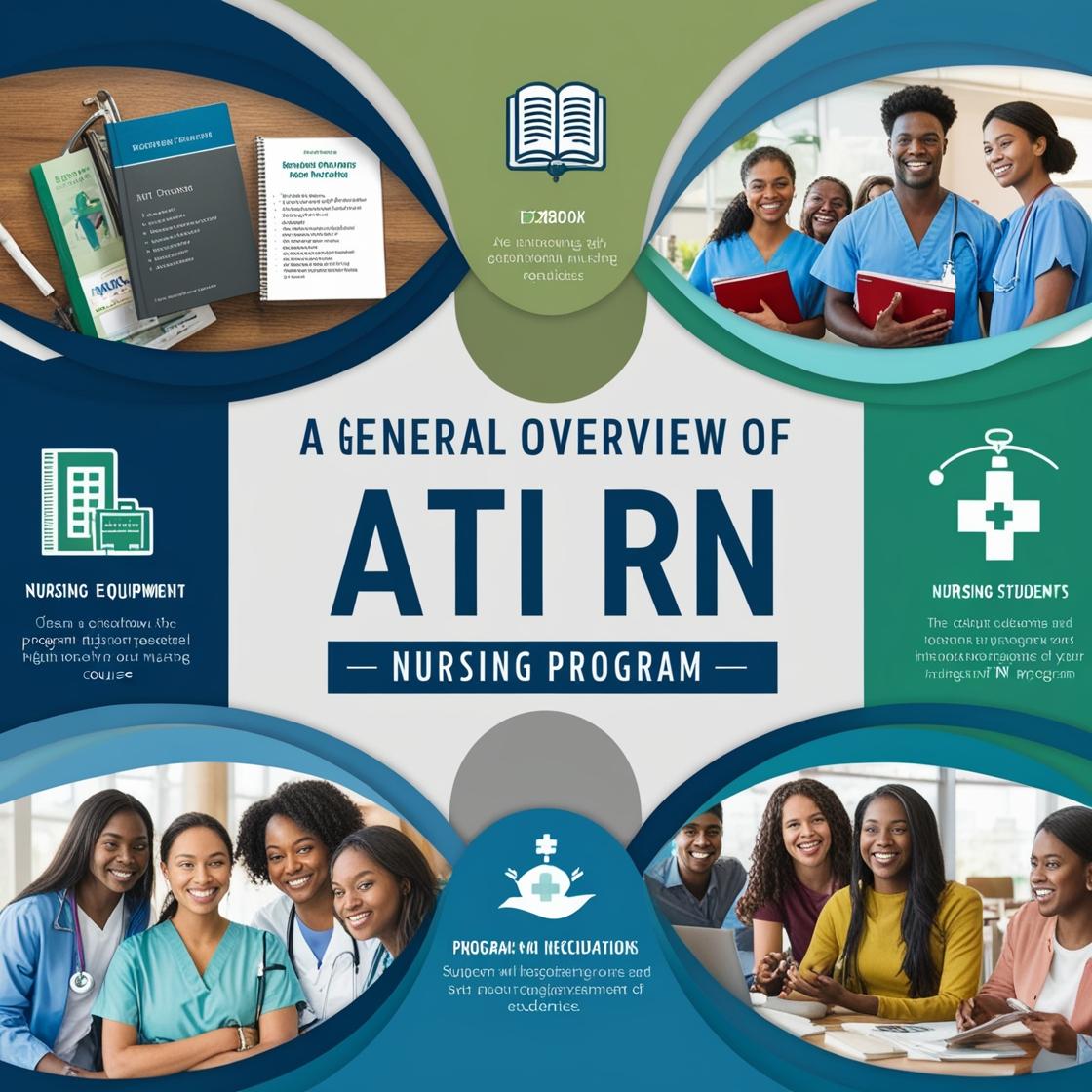ATI RN
Pharmacology ATI Proctored Exam 2023
1. A client has been prescribed a calcium channel blocker for angina. The nurse knows this medication should NOT be used with caution in combination with which drug classes?
- A. NSAIDs
- B. Cardiac glycosides
- C. Beta blockers
- D. None of the above
Correct answer: C
Rationale: Calcium channel blockers and beta blockers should be used with caution together because they can both suppress heart function, potentially leading to bradycardia, heart block, or heart failure. NSAIDs and cardiac glycosides do not have significant interactions with calcium channel blockers in the same way, so they are not typically a cause for concern when combined.
2. A client presents in the Emergency Department with a suspected MI. Which medication should NOT be given as soon as possible?
- A. Clopidogrel (Plavix)
- B. Morphine
- C. Aspirin (ASA)
- D. Metoprolol (Lopressor)
Correct answer: A
Rationale: In the setting of a suspected myocardial infarction (MI), the priority medications to administer as soon as possible include aspirin (ASA) and possibly morphine to manage pain and anxiety. Clopidogrel (Plavix) is not typically administered immediately in the emergency setting for MI management. Metoprolol (Lopressor) is indicated after aspirin administration and stabilization of the patient. Therefore, in this scenario, clopidogrel should NOT be given as a first-line medication for a suspected MI.
3. When a client is discharged with nitroglycerin (Nitrostat), what should the nurse include in client education?
- A. “Your chest pain should go away with one tablet.”
- B. “If your chest pain doesn’t go away after three tablets, call 911; you might be having a heart attack.”
- C. “If your chest pain doesn’t go away with one tablet, you can repeat the dose as many times as you need to.”
- D. “Be sure to call 911 before you take any tablets.”
Correct answer: B
Rationale: The correct answer instructs the client on the appropriate use of nitroglycerin. Nitroglycerin is used to relieve chest pain or angina. If the chest pain does not subside after taking one tablet, the client should take a maximum of three tablets at 5-minute intervals. If the pain persists after three tablets, it could indicate a heart attack, and emergency medical help should be sought. This education is crucial to ensure the client knows when to seek immediate medical attention.
4. The client with angina is being discharged to home. The nurse is instructing the client on dietary changes. What should be included in this teaching?
- A. Decrease salt and fat intake and limit alcohol intake.
- B. There are no dietary restrictions for a person diagnosed with angina.
- C. Limit smoking and increase protein and sugar intake.
- D. Increase fruits, vegetables, and foods high in cholesterol.
Correct answer: A
Rationale: The correct answer is to decrease salt and fat intake and limit alcohol intake. These dietary changes can help manage angina by reducing the workload on the heart and preventing further plaque buildup in the arteries. Choices B, C, and D are incorrect as dietary restrictions for angina typically involve reducing salt, fat, and alcohol intake, rather than increasing sugar or cholesterol intake.
5. A client taking nitroglycerin (Nitrostat) for angina asks the nurse to explain possible side effects. What should NOT be included in client teaching?
- A. Reflex tachycardia
- B. Dizziness
- C. Hyponatremia
- D. Hypotension
Correct answer: C
Rationale: Hyponatremia is not a common side effect associated with nitroglycerin use. Nitroglycerin typically causes side effects such as reflex tachycardia, dizziness, and hypotension due to its vasodilatory effects. Therefore, it is important for the nurse to educate the client about these potential side effects to promote understanding and appropriate management.
Similar Questions

Access More Features
ATI RN Basic
$69.99/ 30 days
- 50,000 Questions with answers
- All ATI courses Coverage
- 30 days access @ $69.99
ATI RN Premium
$149.99/ 90 days
- 50,000 Questions with answers
- All ATI courses Coverage
- 30 days access @ $149.99
